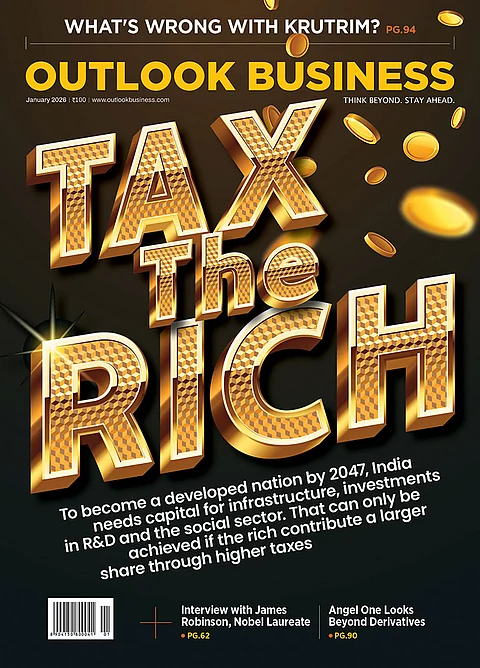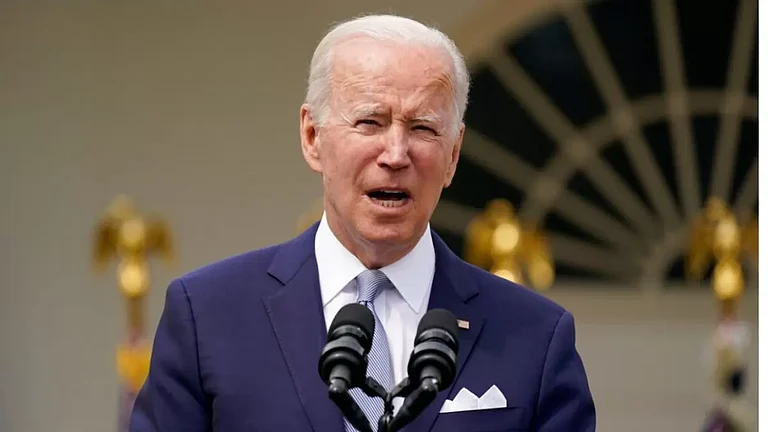Credit rating agency, Moody’s Investors Service has downgraded the US’ long-term issuer and senior unsecured ratings from Aaa to Aa1, putting an end to the last top-tier credit rating for the country. The move reflects what the agency describes as a sustained deterioration in fiscal strength and rising debt servicing costs.
While the credit outlook has been shifted from negative to stable, Moody’s warned that high and growing budget deficits, coupled with increasing interest payments, are materially weakening the government’s financial profile. The agency noted that successive administrations and Congress have been unable to implement meaningful measures to rein in deficits or curb the pace of debt accumulation.
“Successive US administrations and Congress have failed to agree on measures to reverse the trend of large annual fiscal deficits and growing interest costs,” the agency said in its statement. Even with current fiscal proposals, Moody’s does not foresee “material multi-year reductions in mandatory spending and deficits.”
The downgrade comes as President Donald Trump pushes lawmakers in the Republican-controlled Congress to pass legislation extending the 2017 tax cuts, his signature first-term policy achievement. Analysts however, warn that the proposal would add trillions to the federal debt. However, the bill failed to clear a key procedural hurdle on Friday, as hardline Republicans demanding deeper spending cuts blocked the measure, marking a rare political setback for the president in Congress.
According to the agency’s projections, federal deficits are expected to reach 9% of GDP by 2035, rising from 6.4% in 2024. Debt is set to climb to 134% of GDP over the same period, with interest payments potentially consuming up to 30% of federal revenue, which is three times the level recorded in 2021.
Despite the downgrade, Moody’s affirmed that the move does not signal diminished confidence in the US’s institutional framework or the Federal Reserve’s monetary policy. The agency underscored America’s “exceptional credit strengths,” including the size and resilience of its economy and the enduring status of the US dollar as the world’s reserve currency.
In addition, Moody’s also said that the risk of an acute funding crisis remains low, citing continued strong demand for US Treasuries among global investors. However, any future upgrade to the country’s rating would depend on credible fiscal reforms aimed at slowing and eventually reversing the ongoing erosion in debt affordability and fiscal balance.
Moody’s is the final of the three major rating agencies to cut the US’ credit rating. Fitch lowered its rating in August 2023, citing expected fiscal deterioration, while S&P Global Ratings made a similar move back in 2011, highlighting concerns over political brinkmanship and governance predictability.
































